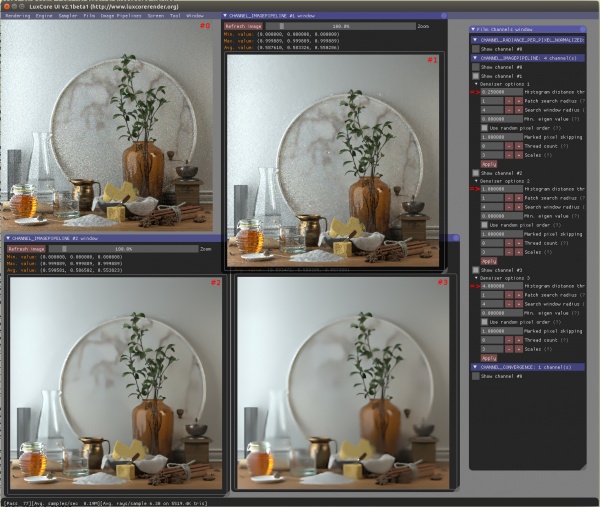Denoiser Strength: Difference between revisions
Jump to navigation
Jump to search
No edit summary |
No edit summary |
||
| Line 1: | Line 1: | ||
'''This text applies to the BCD denoiser.''' | |||
For all people finding the intervention of the denoiser too strong: there is just one simple parameter to use to decide the "strength" of the denoiser, it is the histogram threshold. It is a threshold under where the denoiser will smooth similar pixels so: a lower value will make the denoiser less intrusive, while an higher value will smooth more pixels. The default values is 1.0. | For all people finding the intervention of the denoiser too strong: there is just one simple parameter to use to decide the "strength" of the denoiser, it is the histogram threshold. It is a threshold under where the denoiser will smooth similar pixels so: a lower value will make the denoiser less intrusive, while an higher value will smooth more pixels. The default values is 1.0. | ||
Latest revision as of 08:33, 25 July 2019
This text applies to the BCD denoiser.
For all people finding the intervention of the denoiser too strong: there is just one simple parameter to use to decide the "strength" of the denoiser, it is the histogram threshold. It is a threshold under where the denoiser will smooth similar pixels so: a lower value will make the denoiser less intrusive, while an higher value will smooth more pixels. The default values is 1.0.
This is an example of a rendering with 64 samples per pixel (image pipeline #0) and a threshold of 0.25, 1.0 and 4.0 (image pipelines #1, #2, #3):
